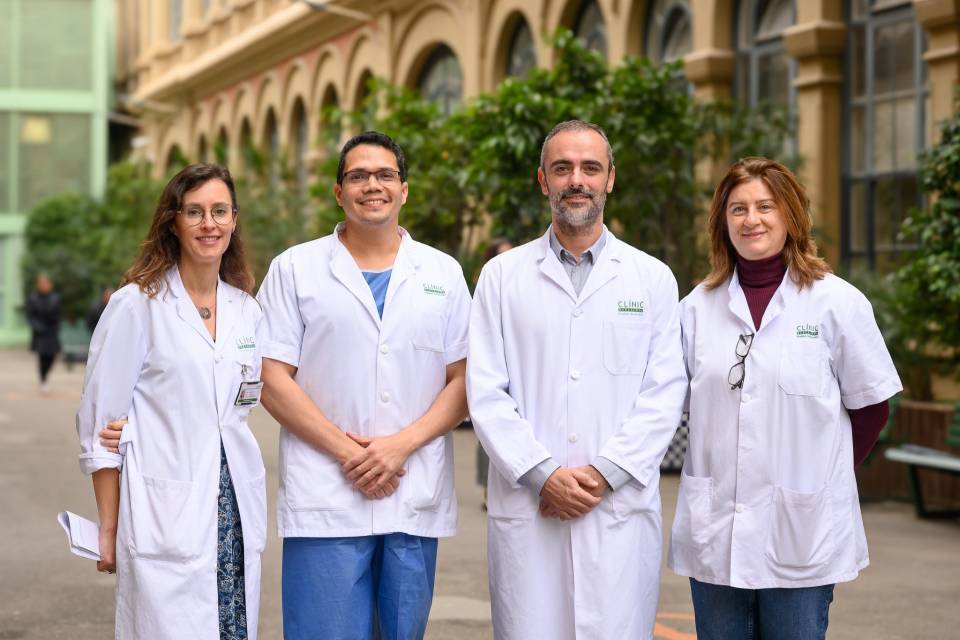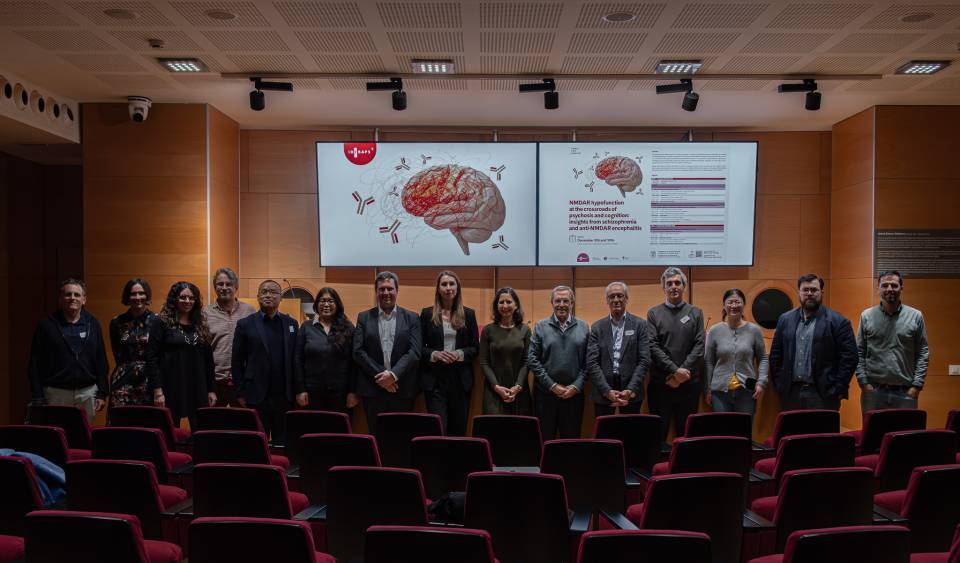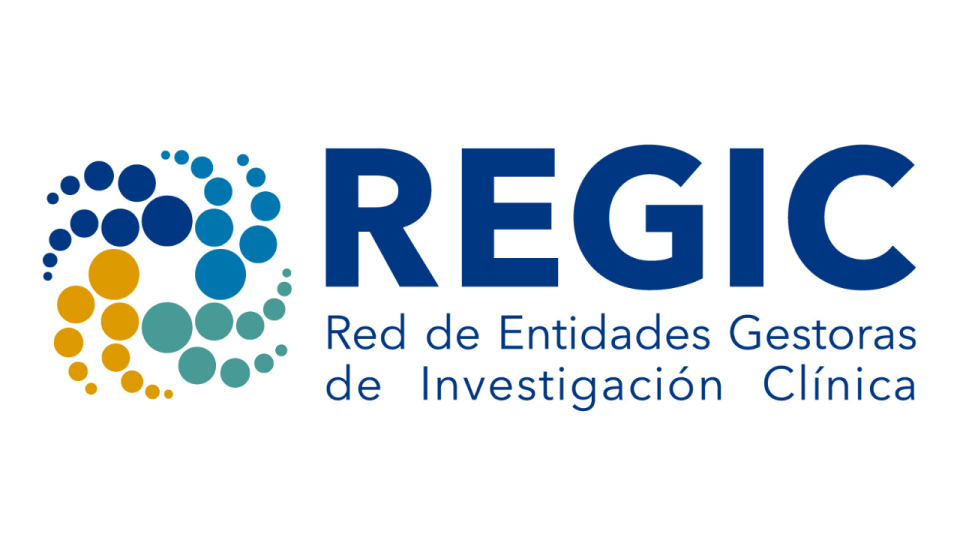The article, published in the journal Jama Cardiology, demonstrated both the efficacy and safety of two different antithrombotic strategies after the occlusion of the left atrial appendage, also known as the left auricle. The aim of this therapy is to prevent blood clots and bleeding in patients with atrial fibrillation undergoing left atrial appendage closure. Left atrial appendage closure is an increasingly common therapy, which is performed on patients with atrial fibrillation who are at high risk of bleeding with conventional anticoagulant treatment.
The study was designed and led by Dr. Xavier Freixa, interventional cardiologist, together with the Cardiology Service team at the Clínic Barcelona. The other principal investigators of the study were Dr. Dabit Arzamendi from the Hospital de Sant Pau and Dr. Ignacio Cruz-González from the Hospital Universitario de Salamanca.
The research aims to compare the efficacy and safety of low-dose oral anticoagulants with dual antiplatelet therapy during the first 3 months after left atrial appendage occlusion. It was seen that, after 3 months, the use of low-dose anticoagulants was associated with a significant reduction in thromboembolic events and major bleeding, in comparison with patients treated with antiplatelet drugs (4.5% versus 21.7%, respectively).
There was also a lower thrombus rate related to the device that was implanted to close this appendage. It was 0% of the group that took anticoagulants versus 8.7% in the antiplatelet group.
As for the major bleeding events, although there was no statistically significant difference, the anticoagulant group tended to present fewer events (4.6% versus 13%).
This was a multicentre, prospective, open-label and randomized clinical trial. It included 90 patients from three different European centres, with a mean age of 77 years. The patients were randomly assigned to receive low-dose anticoagulants (apixaban 2.5 mg every 12 hours) or antiplatelet drugs (aspirin 100 mg and clopidogrel 75 mg a day).
Current treatment of atrial fibrillation
The optimal antithrombotic therapy following atrial occlusion is not currently well established, due to a lack of randomized studies. This study represents the first randomized study to be published worldwide to date.
Dual antiplatelet therapy, consisting of the combination of aspirin and clopidogrel, is commonly used. It has been suggested that low-dose direct oral anticoagulants, such as apixaban, could be an effective and safe alternative.
Antiplatelet agents are a group of drugs that avoid platelets from clumping together and forming blood clots. Anticoagulants, on the other hand, slow down the rate of clot formation. This study compares the two therapies.
Impact of atrial fibrillation on the population
Atrial fibrillation is the most common cardiac arrhythmia among the population. Although it is usually asymptomatic, this disorder can cause significant disability and numerous associated diseases.
Patients with atrial fibrillation undergo anticoagulant therapy to prevent the formation of blood clots in the heart, which are mainly formed in the left atrial appendage. In many cases, this treatment can cause major bleeding that contraindicates its use. Left atrial appendage closure is the only alternative for these patients, who are increasing in number due to the ageing of the population.
Therefore, these results suggest that the administration of low-dose anticoagulants may offer a better balance between efficacy and safety compared to antiplatelet drugs. However, it is important to note that, because of the limited sample size, these findings must be interpreted with caution and confirmed in future larger randomized studies.
Study reference:
Xavier Freixa, Ignacio Cruz-González, Pedro Cepas-Guillén, Xavi Millán, Pablo Antúnez-Muiños, Eduardo Flores-Umanzor, Lluís Asmarats, Ander Regueiro, Sergio López-Tejero, Chi-Hion Pedro Li, Laura Sanchis, Josep Rodés-Cabau, Dabit Arzamendi. AMA Cardiol. 2024 Oct 1;9(10):922-926. DOI: 10.1001/jamacardio.2024.2335




